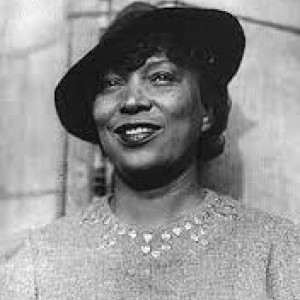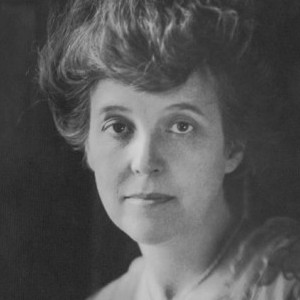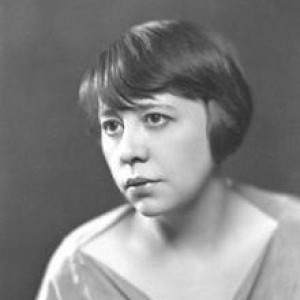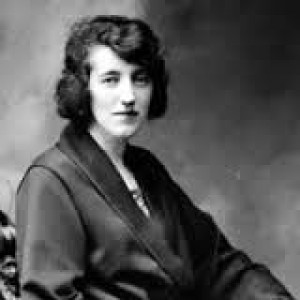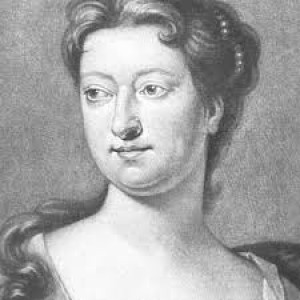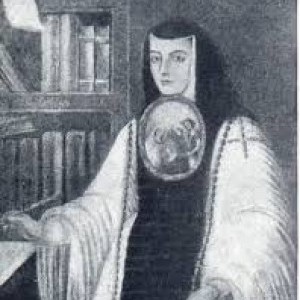Lorraine Hansberry
Biography

Lorraine Hansberry was born in Chicago’s Southside on May 19, 1930 to Nannie and Carl Hansberry. Her father, who worked in real estate and banking, was at the forefront of the fight for civil rights in the city of Chicago and rebelled against the “restrictive covenants” that prevented African Americans from living in certain all-white neighborhoods of the city. His fight led to his family taking a house in one of these neighborhoods and facing extreme violence in response. Later, he and the NAACP took the issue to the Supreme Court, where they won Lee vs. Hansberry in 1940. Because of her father’s involvement in the Civil Rights Movement following World War II, Lorraine Hansberry found her childhood home frequented by civil rights activists and African American artists such as W. E. B. DuBois, Langston Hughes, Paul Robeson, and Duke Ellington. These childhood experiences influenced her later pursuits as an artist, civil rights activist, and playwright. After graduating high school, Hansberry attended the University of Wisconsin for a little while before studying painting in Chicago and Mexico and then moving to New York, where she worked as an associate editor for Paul Robeson’s newspaper, Freedom. While living in New York, she began civil rights work of her own, engaging in protests against discrimination, including one at New York University, where she met writer Robert Nemiroff, whom she married in 1953.
After Nemiroff wrote a hit song, “Cindy, Oh Cindy,” Hansberry started writing full-time and finished her first play, A Raisin in the Sun, which went on to premier on Broadway in 1959 as the first Broadway production written by an African American woman and directed by an African American. It won the New York Drama Critics Circle Award and propelled the Civil Rights Movement forward, as figures such as James Baldwin and Martin Luther King, Jr. declared in their praise for Hansberry’s debut work. Two films of A Raisin in the Sun were produced in 1961 and then 1989, starring Sidney Poitier and Danny Glover respectively, and Raisin, a musical adaptation of her masterpiece, won the Tony Award for Best Musical in 1974.
Hansberry continued to engage in activist work for the rest of her life, participating in organizations and movements, including the Student Nonviolent Coordinating Committee and the 1964 film, The Movement: Documentary of a Struggle for Equality. Her second play, The Sign in Sidney Brustein’s Window, premiered on Broadway in 1964, received mixed reviews, and then closed on the day that Lorraine Hansberry lost her battle with pancreatic cancer--January 12, 1965, at age 34. She had divorced her Robert Nemiroff in 1964, but he remained dedicated to her work long after their separation and her passing. He published her unfinished works, including the plays, Les Blancs, The Drinking Gourd, and What Use are Flowers? To Be Young, Gifted, and Black, a collection of her autobiographical writings, was produced as a Broadway play and then published in 1969. Her work and her life, as an activist and artist, continue to be studied and celebrated through theatre today.



